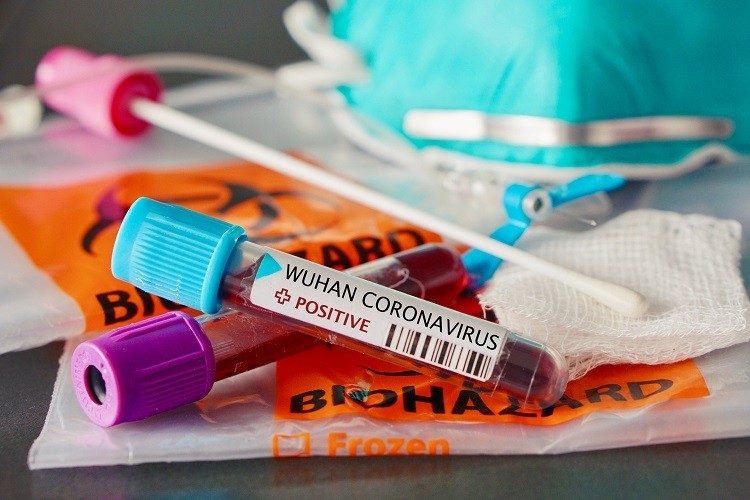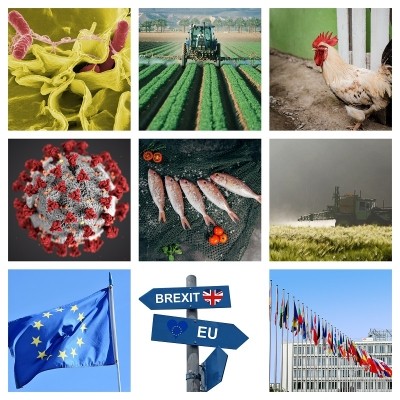Can coronavirus be transmitted via imported food?

On 31 December 2019, a new strain of coronavirus was reported in Wuhan, the capital of China’s Hubei Province.
The outbreak has since spread across the country. According to figures from the World Health Organization (WHO), as of 4 February 2020, 20,471 cases of novel coronavirus were confirmed, 2,788 of which are classified ‘severe’.
Currently, the outbreak of respiratory disease caused by 2019-nCoV infection has a 2% mortality rate, with 425 deaths reported in China so far.
Outside of China, there have been 159 confirmed cases across 23 countries, with one death. The most affected countries are similarly located in the Western Pacific Region, notably Japan, the Republic of Korea, Vietnam, Singapore, Australia, and Malaysia.
Novel coronavirus, which the WHO has declared a public health emergency, has since spread to Europe. Germany has 12 confirmed cases; France has six; Italy, Russia, and the UK have two in each country; and Finland and Spain have one respectively.
Understandably, consumers have raised concerns regarding imports from affected regions, asking: can this new strain of coronavirus be transmitted via food?
Possible transmission routes
Prompted by consumer concerns, the German Federal Institute for Risk Assessment (BfR) has published information regarding known, and potential, coronavirus transmission routes.
According to the independent institution, which sits under the Federal Ministry of Food and Agriculture (BMEL) in Germany, information about the exact transmission methods of this novel coronavirus is ‘still limited’.
However, the transmission routes of other closely related coronaviruses are well known. “The most important transmission route is a ‘droplet infection’, where coronaviruses are emitted by humans or animals into the air via droplets, and then inhaled,” the BfR explained.
“Different respiratory tract pathogens can also be transmitted via smear infections. In those cases, pathogens located on the hands enter the mucus membranes of the nose or eyes, where they may lead to an infection.”
Coronaviruses are a large family of viruses that cause illnesses, ranging from the common cold to the more serious Severe Acute Respiratory Syndrome (SARS) virus.
A novel coronavirus, such as 2019-nCov, refers to a new strain not previously identified in humans.
Common signs of infection include respiratory symptoms, fever, cough, shortness of breath and breathing difficulties. In more severe cases, infection can cause pneumonia, severe acute respiratory syndrome, kidney failure and even death.
What about food and imported goods?
The BfR confirmed there are currently no cases which have shown evidence of humans being infected by another route. This includes via the consumption of contaminated food products.
The institute also stressed that no known reports for other coronavirus cases have been related to food. Transmission via surfaces which have recently been contaminated with the virus is, however, possible through ‘smear infections’.
“However, this is only likely to occur during a short period after contamination, due to the relatively low stability of coronaviruses in the environment.”
The BfR concludes that due to the transmission methods recorded thus far, as well as the relatively low environmental stability of coronaviruses, infection from foods exported from China is ‘unlikely’.
As the viruses are sensitive to heat, the risk of infection can be further reduced by heating foods, the institute added.

























